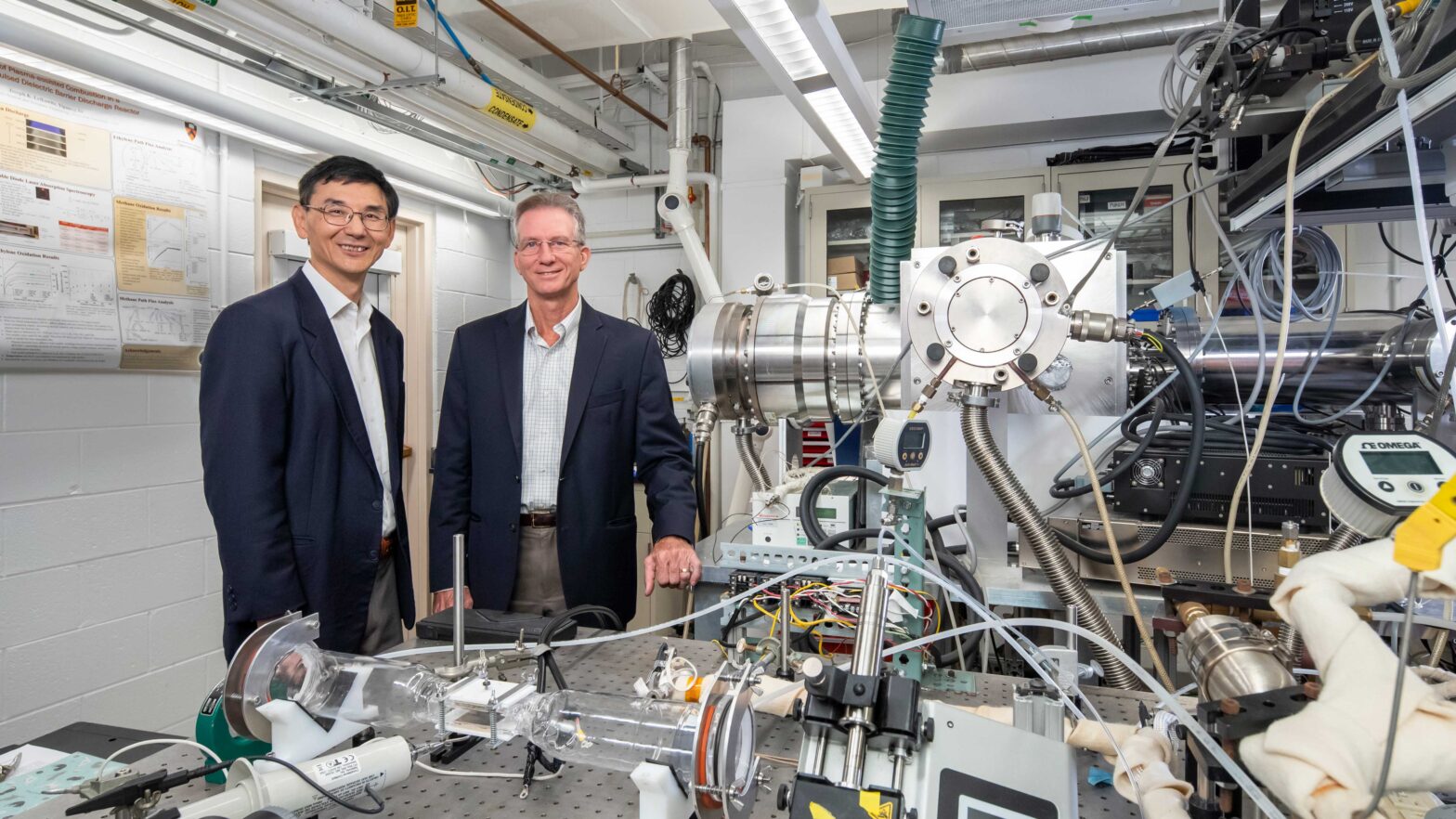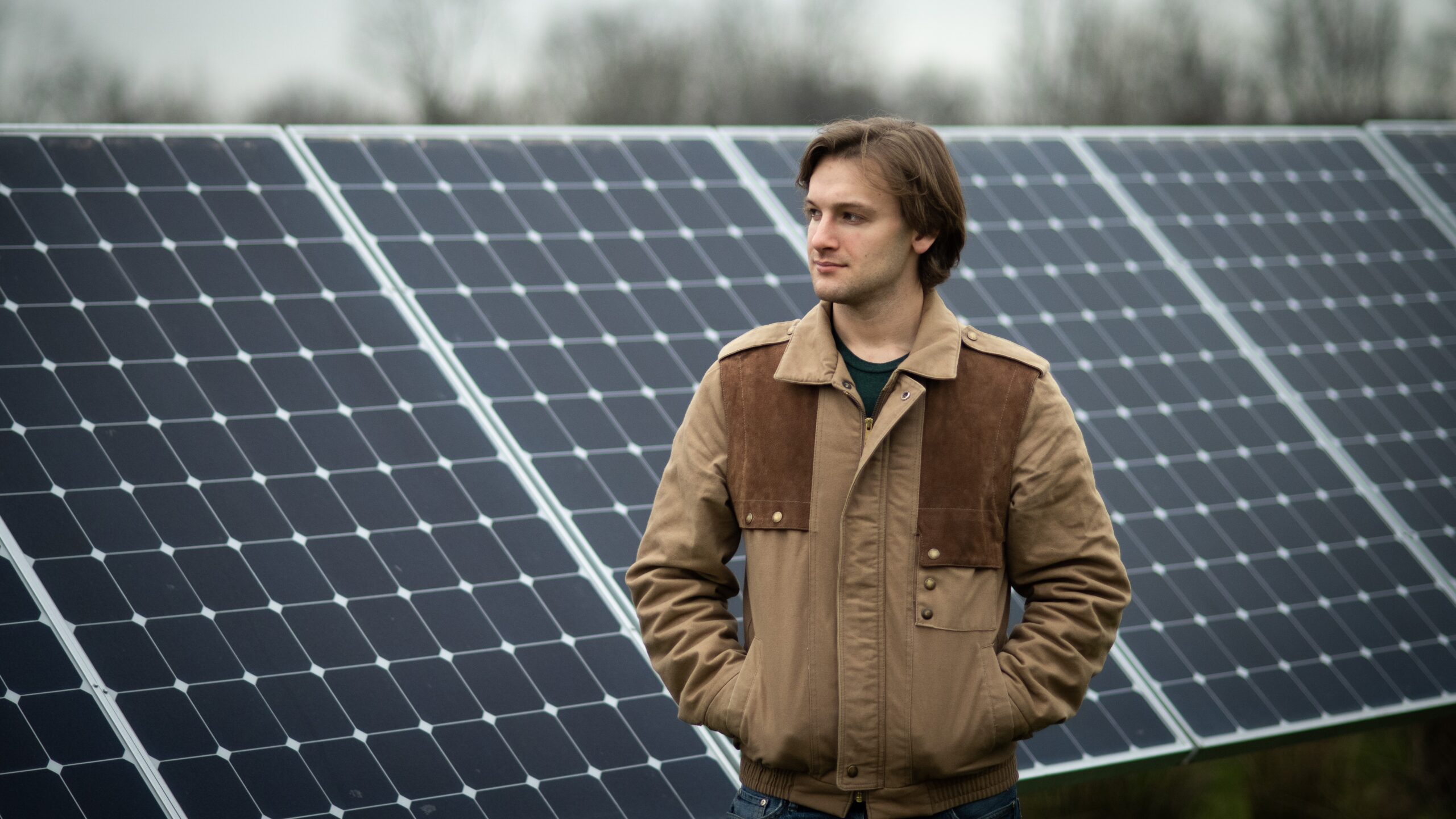
Investigating ‘fourth state of matter’ for renewable energy
By
on
With the broader goal of improving energy efficiency and renewable energy technologies, the team will use experimental and modeling approaches to gain fundamental understanding of plasma-aided combustion and plasma-assisted catalysis.
Yiguang Ju, the Robert Porter Patterson Professor of Mechanical and Aerospace Engineering, and Bruce Koel, a professor of chemical and biological engineering, are co-principal investigators of the new research center. The principal investigator is Igor Adamovich of Ohio State University.
Plasma, the fourth state of matter (beyond the conventional solids, liquids and gases), is an ionized gas consisting of approximately equal numbers of positively and negatively charged particles. There are two general forms of plasma: high-temperature plasmas that are found in stars and in fusion reactors; and low-temperature versions (ranging from 100 to 1,000 degrees Fahrenheit) used in fluorescent lighting, electrical propulsion and semiconductor manufacturing.
Low-temperature plasmas can create new reaction pathways for combustion that could increase engine efficiency. They can also help catalysts speed up reactions for fuel oxidation and other useful chemical products, the researchers said. But how plasmas modulate such reactions is not well understood and will be a focus of the new research. “Using plasmas to enhance combustion and catalysis will require a lot more fundamental information to be able to exert some control over the situation,” Koel said.
Ju’s research aims to apply low-temperature plasmas to help engines conserve fuel and reduce emissions. “We push the engine to extreme conditions to improve efficiency and reliability,” said Ju, who directs Princeton’s Program in Sustainable Energy. “The mixture in an advanced engine will be so fuel-lean that it cannot be ignited or cannot be stabilized easily. Plasmas can enable very lean mixtures to burn and can stabilize combustion in extreme conditions.”
The collaborative research team will create new methods of measuring and controlling reactions involving low-temperature plasmas, including tunable laser and molecular beam diagnostics and predictive modeling tools. This work will yield insights into energy transfer and chemistry in plasma-aided combustion, as well as new types of catalysts optimized for operating in plasmas.
“No one person really has enough expertise or equipment” to analyze the complex chemistry of plasma-aided reactions, said Koel. “That’s why collaborative teams are so much more powerful – the problem is so hard that you can’t just do a little slice of it and make very much progress.”
The research center is part of a $50-million initiative recently announced by the U.S. Department of Energy to support research in fusion energy and plasma science. The initiative also includes funding for a new low-temperature plasma research facility at the Princeton Plasma Physics Laboratory.









